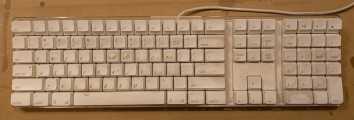 |
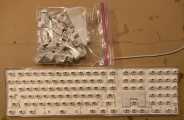 |
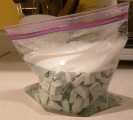 |
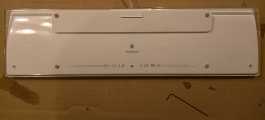 |
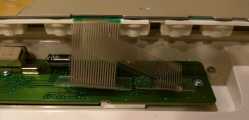 |
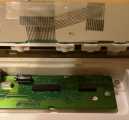 |
||
| 1024x347 (104KB) | 1024x668 (211KB) | 1024x921 (227KB) | 1024x464 (81.2KB) | 1024x493 (108KB) | 1024x950 (217KB) |
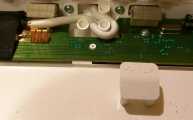 |
 |
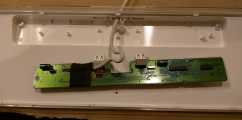 |
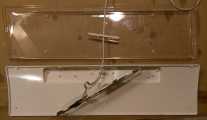 |
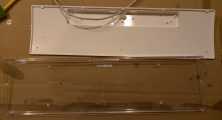 |
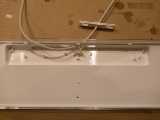 |
||
| 1024x637 (129KB) | 1024x298 (82.3KB) | 1024x508 (119KB) | 1024x594 (131KB) | 1024x554 (103KB) | 1024x768 (139KB) |
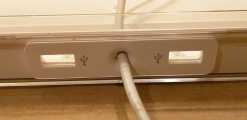 |
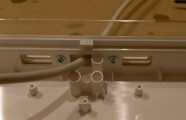 |
 |
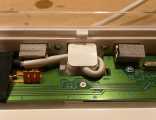 |
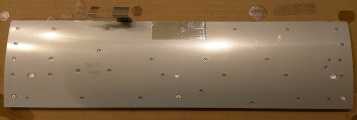 |
 |
||
| 1024x497 (103KB) | 1024x660 (99.5KB) | 1024x338 (92.6KB) | 1024x790 (208KB) | 1024x344 (72.9KB) | 1024x329 (70.9KB) |
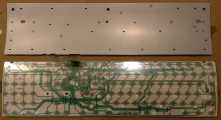 |
 |
 |
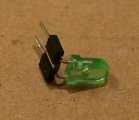 |
 |
 |
||
| 1024x556 (147KB) | 1024x288 (91.6KB) | 698x1024 (170KB) | 791x684 (81.8KB) | 648x909 (100KB) | 1024x283 (103KB) |
 |
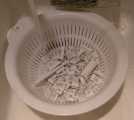 |
 |
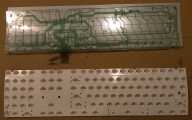 |
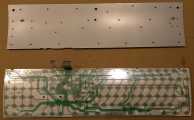 |
 |
||
| 1024x272 (110KB) | 1024x920 (155KB) | 1024x294 (97.7KB) | 1024x640 (171KB) | 1024x632 (154KB) | 1024x272 (57.3KB) |
 |
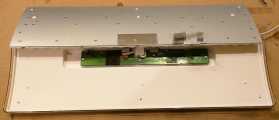 |
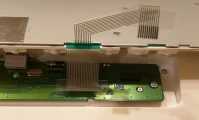 |
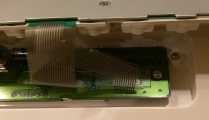 |
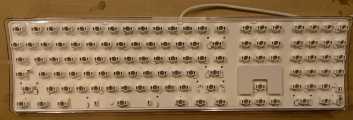 |
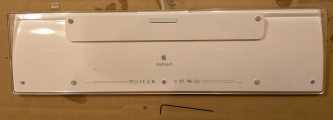 |
||
| 1024x266 (61.8KB) | 1024x441 (92.2KB) | 1024x619 (154KB) | 1024x587 (133KB) | 1024x348 (118KB) | 1024x369 (68.9KB) |
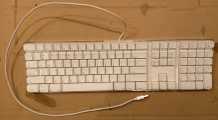 |
||
| 1024x564 (148KB) |